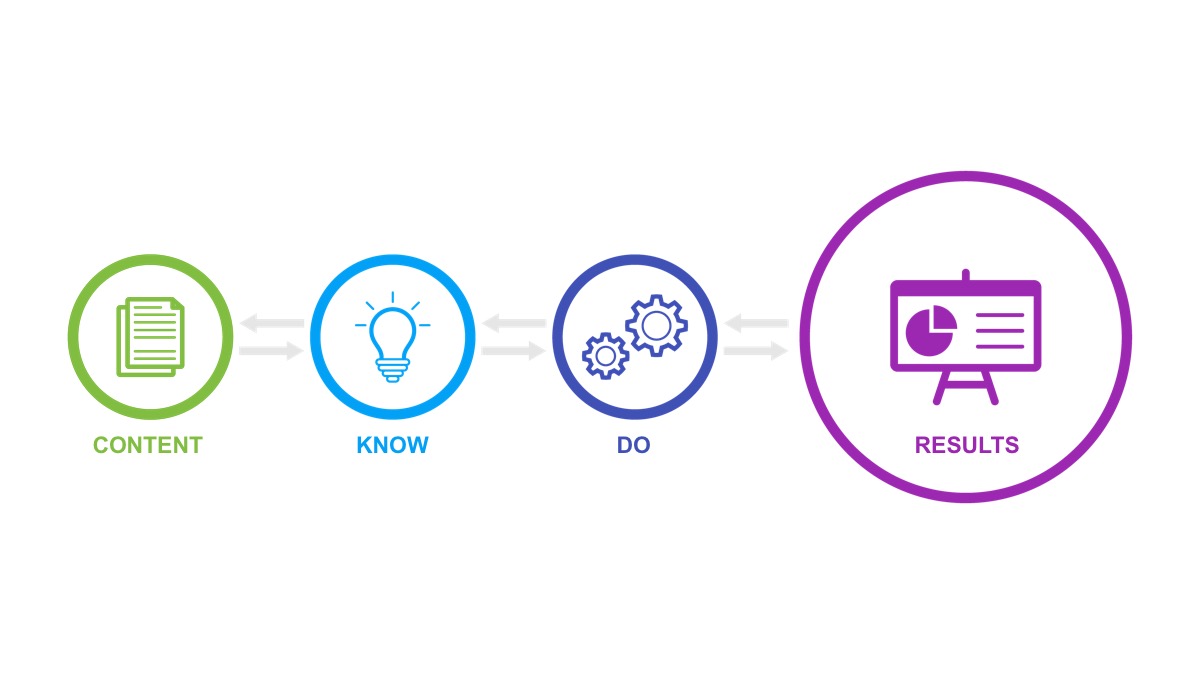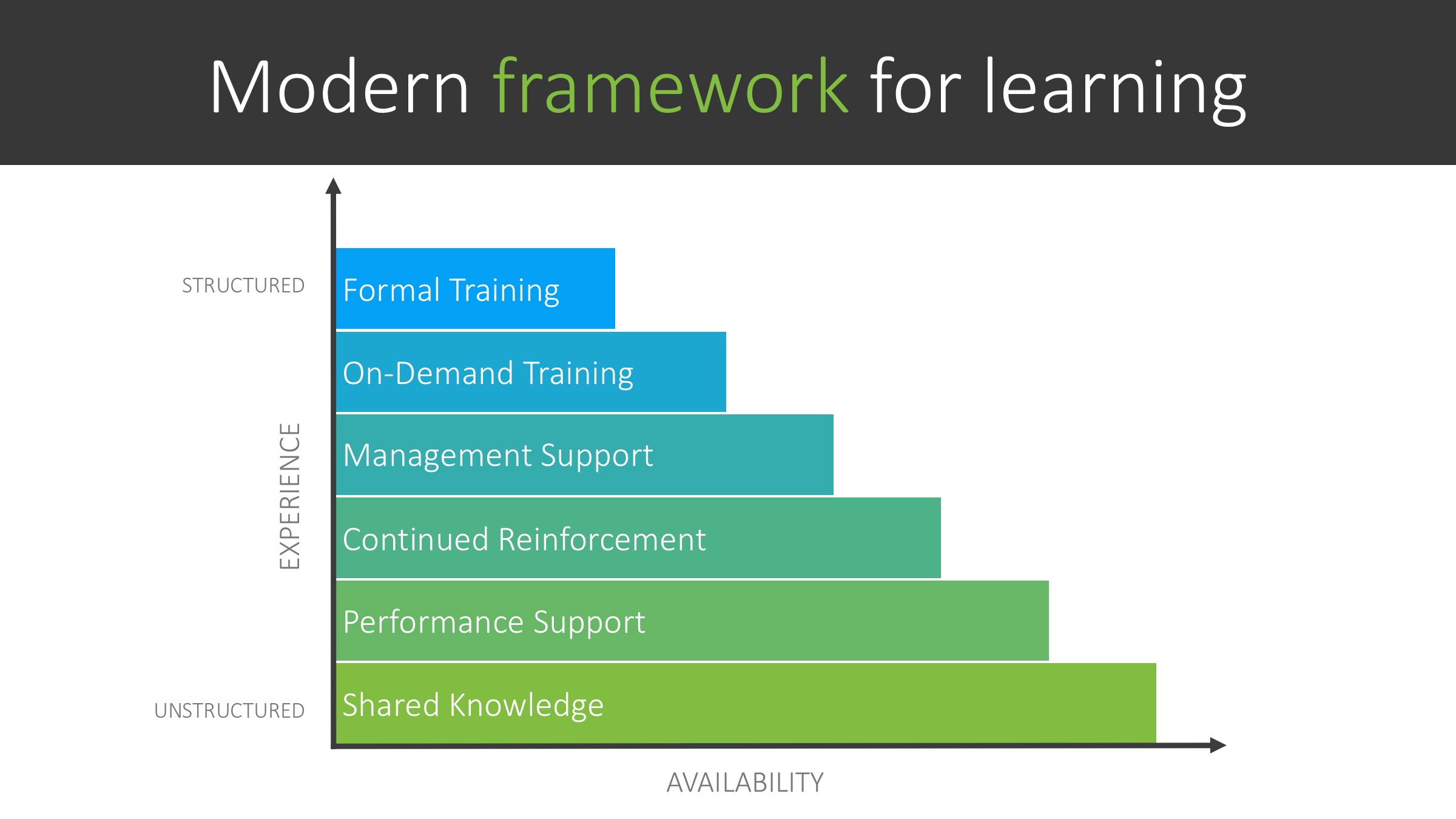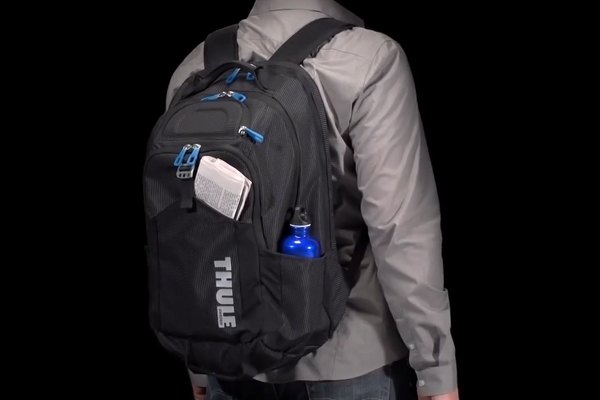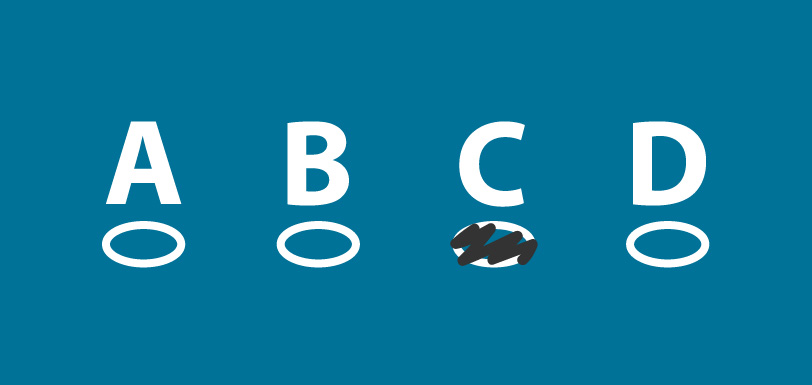I simply define “microlearning” as learning that fits. I explored the WHYS behind microlearning in this post. Now I’d like to share my experience with the HOWs.
In my session “More Than Micro – Designing Learning That Fits,” I break down the process I have been using for several years to devise strategies and construct learning experiences that better fit the needs of the employee. Here’s the full presentation.
The process for building effective microlearning is rooted in 2 fundamental frameworks.
The Results-First Model
Too many learning interventions begin with a solution in mind. This can be due to a variety of factors, including limited tactics and design experience. To establish a clear connection between a learning intervention and a business outcome, you must begin with the end in mind and “work backwards.”

The Results-First Model is a simple method for guiding you “from end to beginning” in the solution design process. To apply an outcome-focused approach, you must collaborate with subject matter experts to answer critical questions before deciding on a solution:
- What is the measurable business goal you want to achieve?
- What will employees need to do differently in order to achieve this goal (behaviors)?
- What foundational knowledge is required to enable this behavior?
This process will help you narrow the focus of your chosen solution and target only knowledge and behaviors that are required to reach your goal. It will also help you reduce the volume of content needed, resulting in the short-form material that is often referred to as microlearning.
The Modern Learning Ecosystem Framework
To fit learning into the work experience, you must leverage an expanded set of training and support options – beyond the traditional course. Once the components of the Results-First Model have been identified, the Modern Learning Ecosystem Framework can help you determine the right tactics to apply and the right content to build.
This framework applies a “layered approach to learning,” working from the bottom up to provide just the right amount of support structure and availability based on the identified need. The tactics within each layer will vary by organization, but the same considerations should be evaluated when deciding on how much of the framework should be applied.
- Context: When, where and how will content be used to close the knowledge and behavior gaps? Each layer supports different employee contexts.
- Criticality: The worse the impact of failure, the higher up you should go.
- Complexity: The more complex the topic, the higher up you should go.
- Timeliness: If you don’t have much time to get a solution implemented, you will likely stick to the lower layers.
Layers can be combined to strengthen the overall learning strategy. The foundational layers (shared knowledge and performance support) should be considered for all topics.
How to Apply and Build Right-Fit Experiences
Once these 2 fundamental concepts have been implemented, follow these steps to put them together and build the right-fit learning experience.
- Identify the audience. This is a bit of chicken/egg with step #2. Regardless, you must define exactly who within the organization will require support to drive knowledge and behavior change.
- Define the measurable result. Work with SMEs to define the MEASURABLE goal along with exactly HOW the result will be measured.
- Define the desired behavior(s). Work backwards through the Results-First Model to determine the behavior change needed to bring about the desired goal.
- Define the required knowledge. Continue working backwards to identify the knowledge needed to enable the required behavior change.
- Determine content considerations. Transition into the Modern Learning Ecosystem Framework by evaluating considerations such criticality and complexity for the identified knowledge and behavior change.
- Select your framework layer(s). Work bottom-up on the ecosystem framework and select on the layers required to drive the required change.
- Build right-fit content. Only now can you start to build content using tactics within the selected framework layers.
By following these steps, you can create a consistent, scalable approach to developing right-fit support that can grow with your organization and fit your business’ evolving needs.
Here’s a simple worksheet that can help you apply these frameworks and kickstart your microlearning strategy.
Do you have a process for building right-fit learning and support experiences? How does this process vary from or build upon traditional instructional methodologies?




